Most child pool tragedies happen despite adult supervision
Drowning claims the lives of more children under five than any other cause of accidental death.
And the vast majority of these tragedies happen in private swimming pools, under the parents’ supervision.
A startup in Israel has developed an AI-powered virtual lifeguard that uses cameras above and below the water to constantly scan the pool for movements it has learned to associate with drowning.
Children under five don’t struggle, shout or splash before they drown. They sink silently to the bottom of the pool.
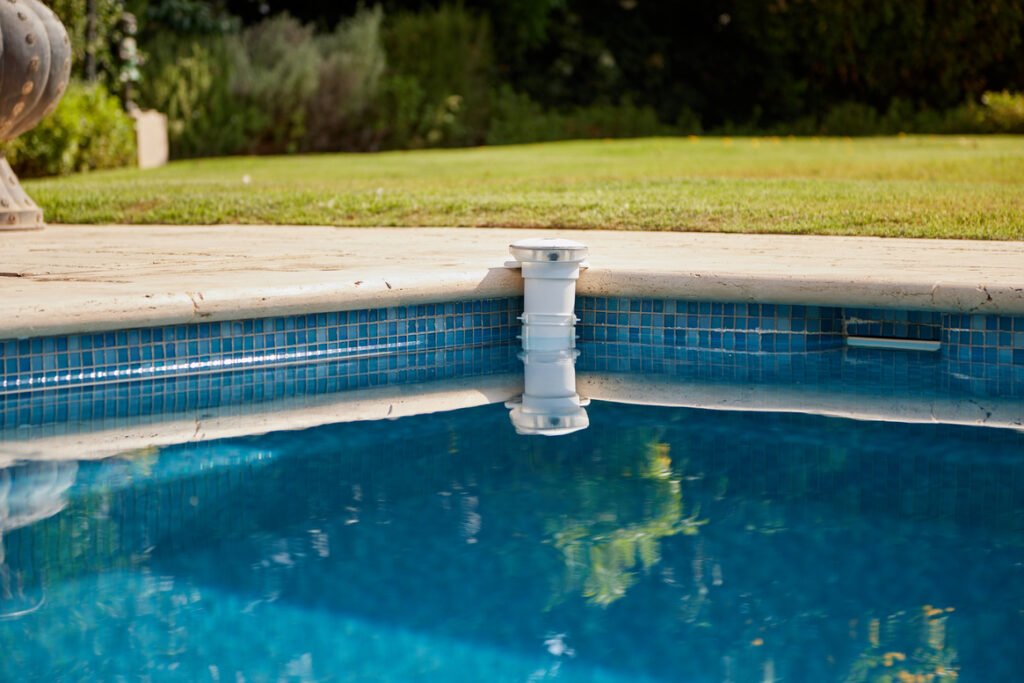
But the virtual lifeguard, a robot called Mylo, has been taught, from four years of data and millions of videos, to recognize pre-drowning behaviors and actual drownings.
It sends an instant alert to a smartphone app if it detects the warning signs of a possible drowning. It also sends an alert if anyone enters the pool, in case it’s a child doing so without their parents knowledge or permission.
And in the case of a drowning incident, an alarm will sound from the app, from an alarm installed in the house, and from the Mylo itself.
“It’s so important because 88 per cent of drowning for children below the age of 14 happens when there is an adult nearby, and the pool is active,” says Shadie Bisharat, CEO of Coral Smart Pool, the startup behind the Mylo.
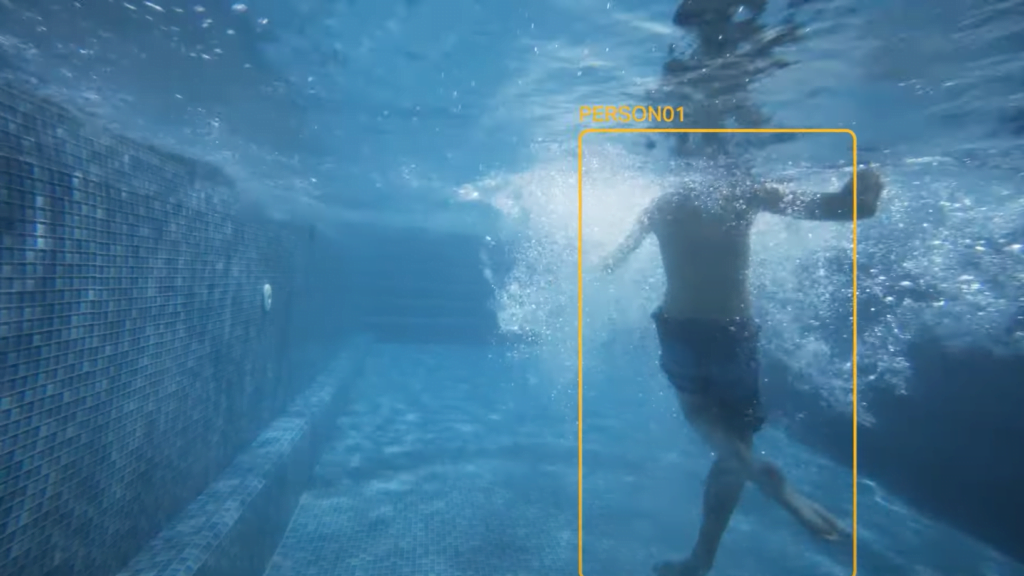
“So we all think that drowning happens when there’s nobody around in the pool. To change these dramatic statistics, we must have a solution that will allow us to monitor the activity in the pool.”
Mylo shares an image from the pool to the connected app whenever it receives an alert (someone just entered the pool, or a drowning incident).
“The accuracy is very high, and it has minimal false alarms, around once every three weeks. I think that’s what makes it special.” says Bisharat.
Coral Smart Pool was founded at the end of 2017 after a drowning incident in Savyon, central Israel. It incorporates the names of two 11-year old girls, Coral Sheri and Or Koren, who both drowned in a private swimming pool.
The Mylo looks like a filter, and is fitted at the edge of the pool. All the user needs to do is connect it to a power outlet.
And once it’s installed, it continues to learn using artificial intelligence to become smarter with every scenario it surveys.
Sign up for our free weekly newsletter
Subscribe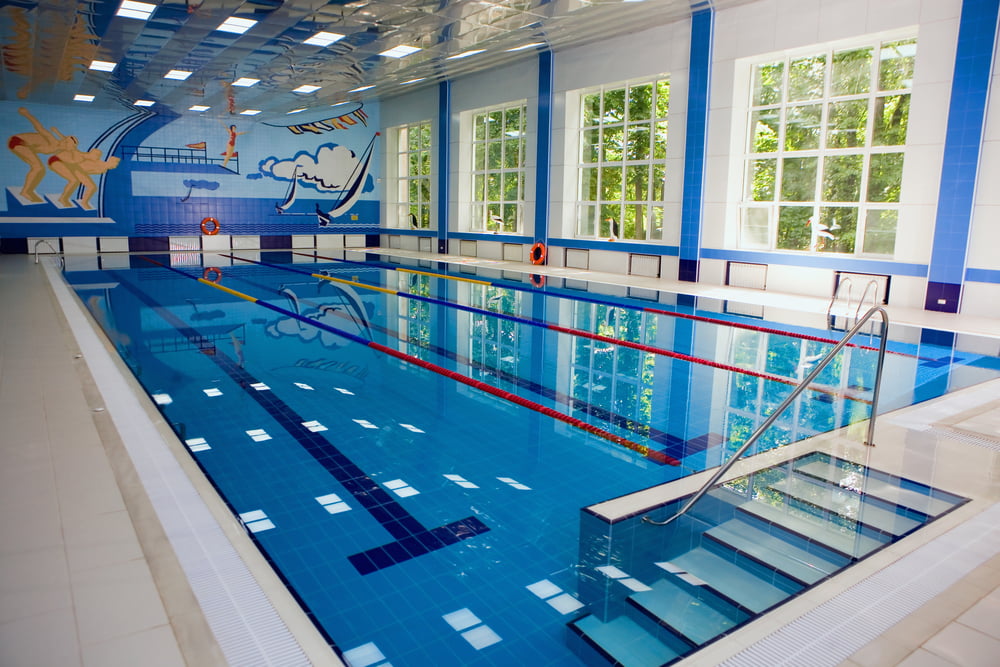
Other drowning detection systems do exist, but not for residential swimming pools. The AngelEye is an underwater camera installed in public pools, water parks, and hotels and residential complexes. There’s also the Poseidon, a camera that triggers an alarm if a person is motionless at the bottom of a public pool for 10 seconds. And SwimEye uses computer vision and underwater cameras to alert lifeguards when someone is drowning.
The Mylo was developed after Co-founder Dr Tamara Avraham, who has a PhD in computer vision algorithms and software, decided that if computer vision can make cars drive, then technology must also be able to detect drowning.
She set about developing the technology, and was able to pilot her product in 2020.
“Our mission is to change the statistics and drowning that happens in private pools where there is no protection at all,” says Bisharat. “And the solution we’re providing is a virtual lifeguard.”
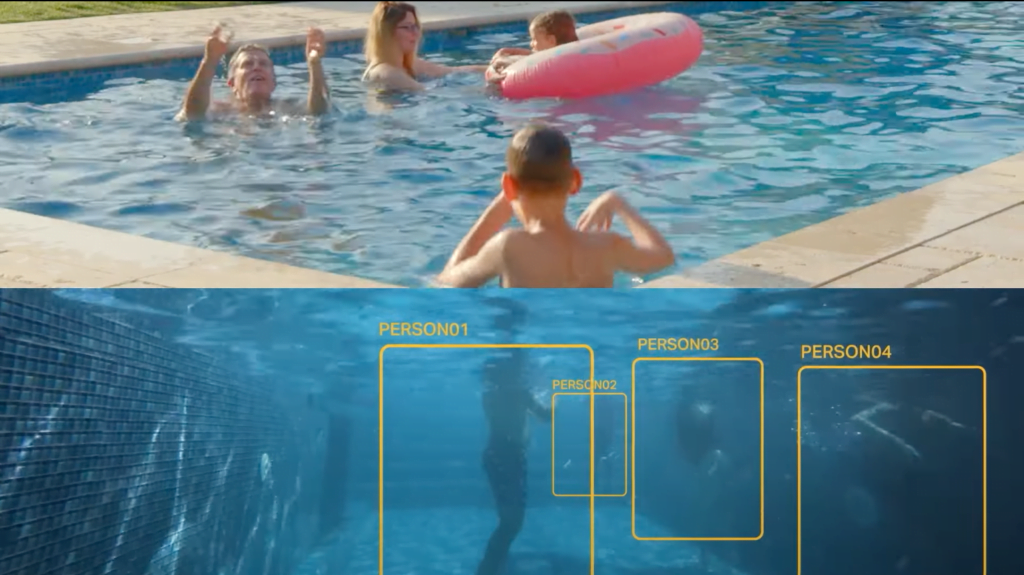
He says a pool cover, a fence or an alarm that sounds only when someone enters the pool don’t provide the same level of protection as a system that monitors activity whenever there’s anyone in the water.
“Our product is the only one in the world that doesn’t stop working when you go into the pool. That’s when it’s just getting started,” he says.
The processing units that power the system are located within the device, rather than in a remote computer, so the pool alarm works even without an internet connection.
All the videos the Mylo takes remain within the system itself, and are not uploaded to the cloud to maintain privacy.
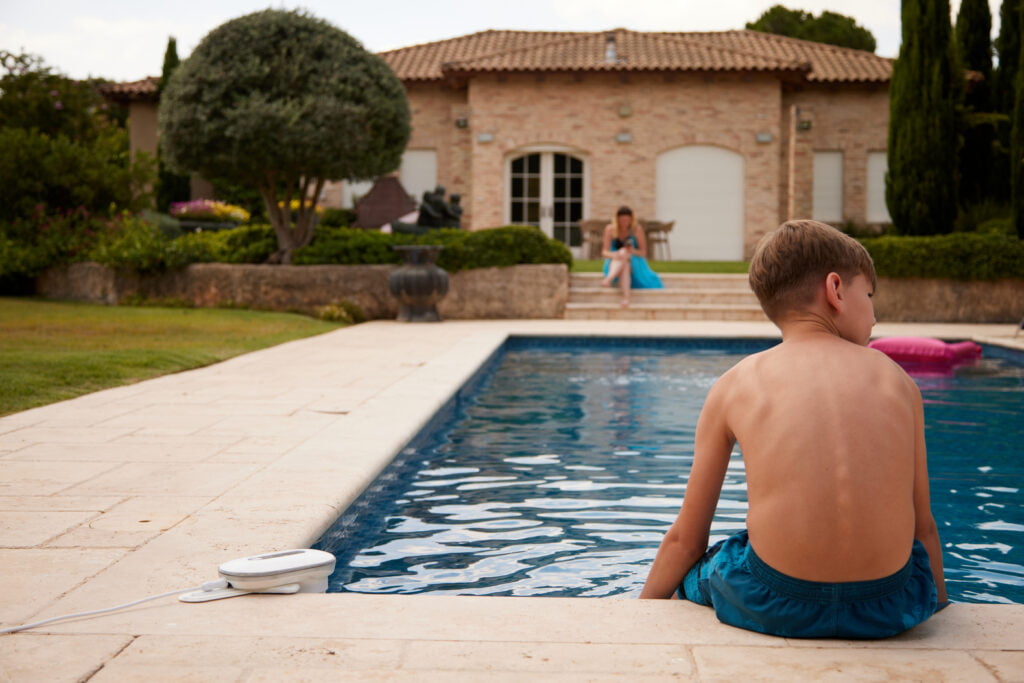
“So if you want to, you can choose not to connect to the app, and then the Mylo will be a secure, closed system that will not be connected to the internet at all.”
First deliveries of the Mylo, which can also be used in commercial pools, are expected next April.
The company says its priority is ensuring safety in residential pools, but is also looking into how computer vision and AI can make pool maintenance easier.
It is currently developing ways to monitor the clarity and quality of the water, and control the water treatment. Eventually it could also take pictures or count laps.
Related posts

Editors’ & Readers’ Choice: 10 Favorite NoCamels Articles

Forward Facing: What Does The Future Hold For Israeli High-Tech?

Impact Innovation: Israeli Startups That Could Shape Our Future




Facebook comments